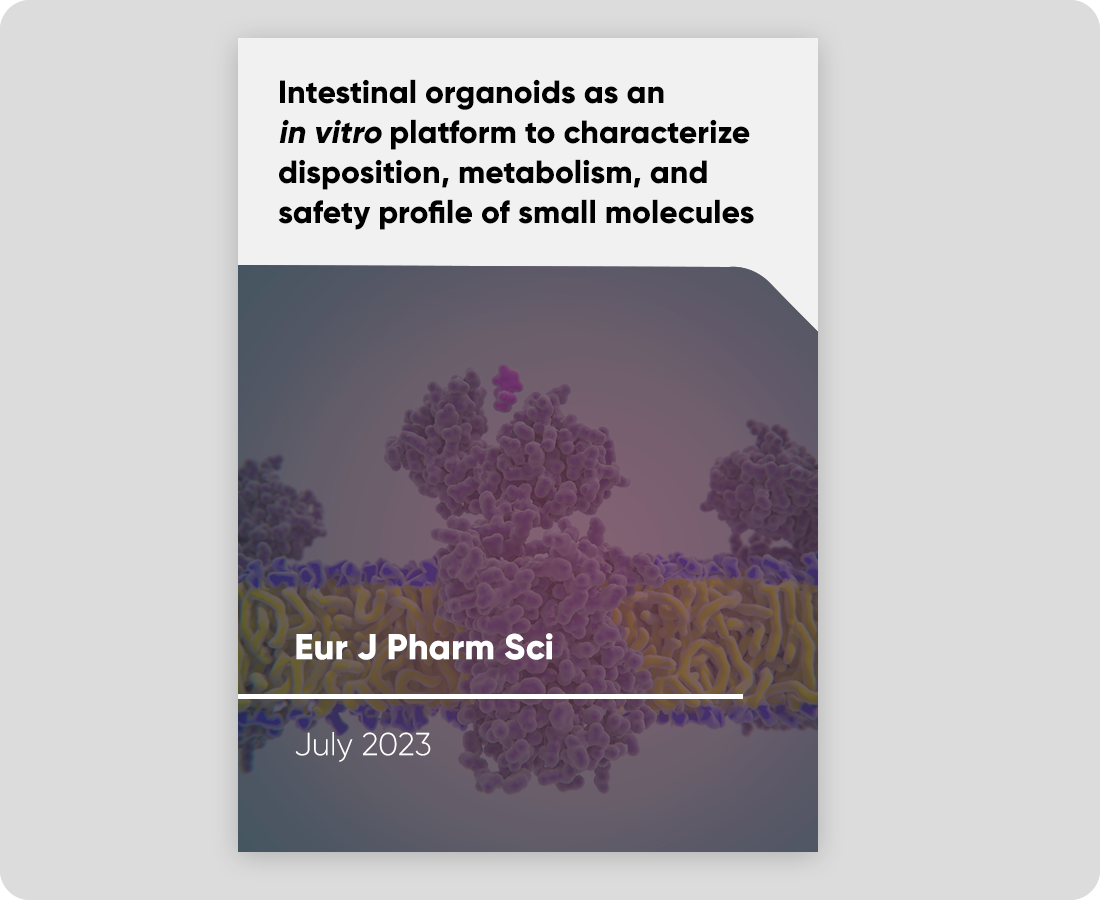Abstract
Intestinal organoids derived from LGR5+ adult stem cells allow for long-term culturing, more closely resemble human physiology than traditional intestinal models, like Caco-2, and have been established for several species. Here we evaluated intestinal organoids for drug disposition, metabolism, and safety applications. Enterocyte enriched human duodenal organoids were cultured as monolayers to enable bidirectional transport studies. 3D enterocyte-enriched human duodenal and colonic organoids were incubated with probe substrates of major intestinal drug-metabolizing enzymes (DMEs). To distinguish human intestinal toxic (high incidence of diarrhea in clinical trials and/or black box warning related to intestinal side effects) from non-intestinal toxic compounds, ATP-based cell viability was used as a readout, and compounds were ranked based on their IC50 values in relation to their 30-times maximal total plasma concentration (Cmax). To assess if rat and dog organoids reproduced the respective in vivo intestinal safety profiles, ATP-based viability was assessed in rat and dog organoids and compared to in vivo intestinal findings when available. Human duodenal monolayers discriminated high and low permeable compounds and demonstrated functional activity for the main efflux transporters Multi-drug resistant protein 1 (MDR1, P-glycoprotein P-gp) and Breast cancer resistant protein (BCRP). Human 3D duodenal and colonic organoids also showed metabolic activity for the main intestinal phase I and II DMEs. Organoids derived from specific intestinal segments showed activity differences in line with reported DMEs expression. Undifferentiated human organoids accurately distinguished all but one compound from the test set of non-toxic and toxic drugs. Cytotoxicity in rat and dog organoids correlated with preclinical toxicity findings and observed species sensitivity differences between human, rat, and dog organoids.
Discover more from HUB:
Explore our organoid screening platform
Discover other publications on patient-derived organoids.


